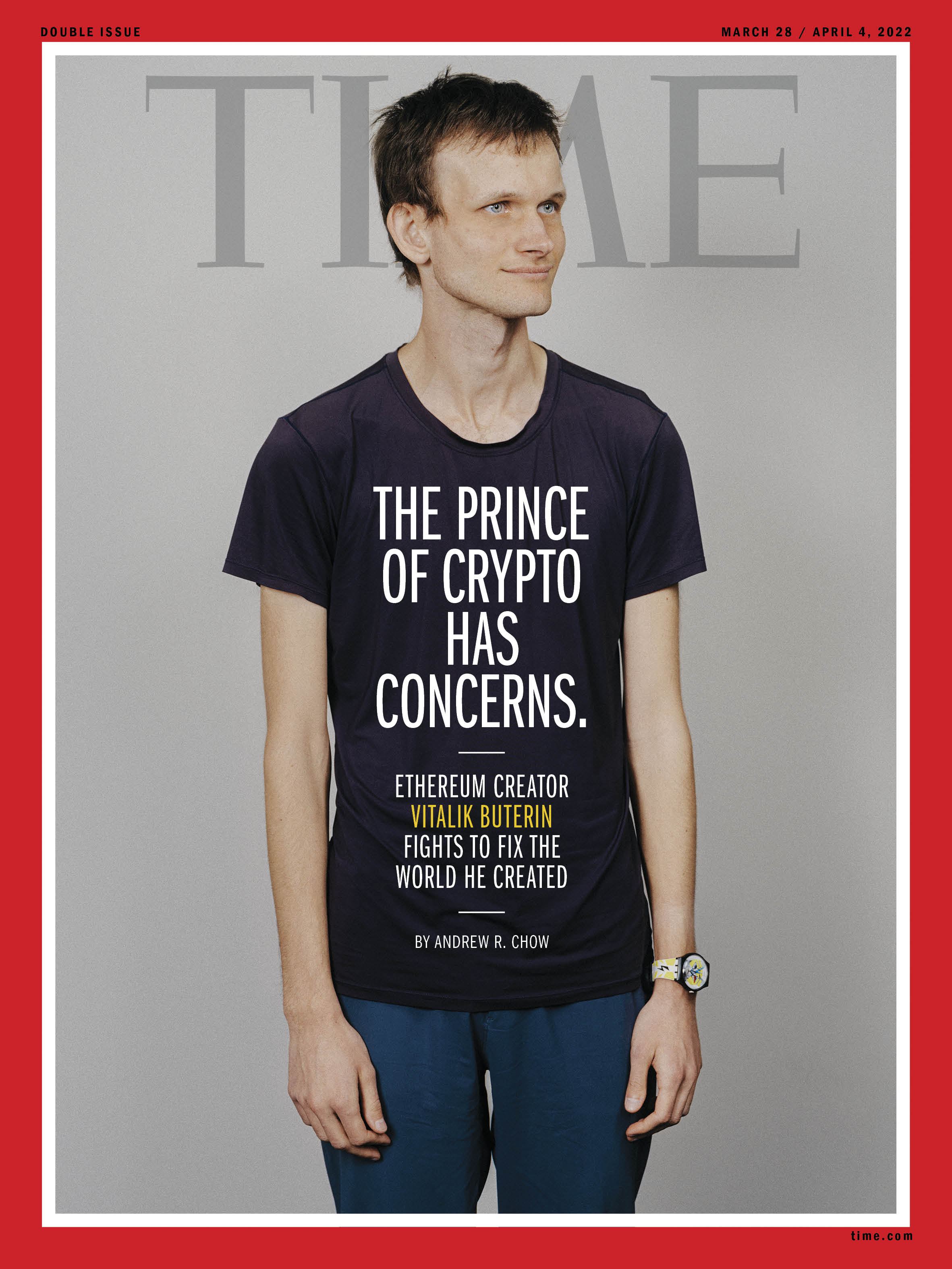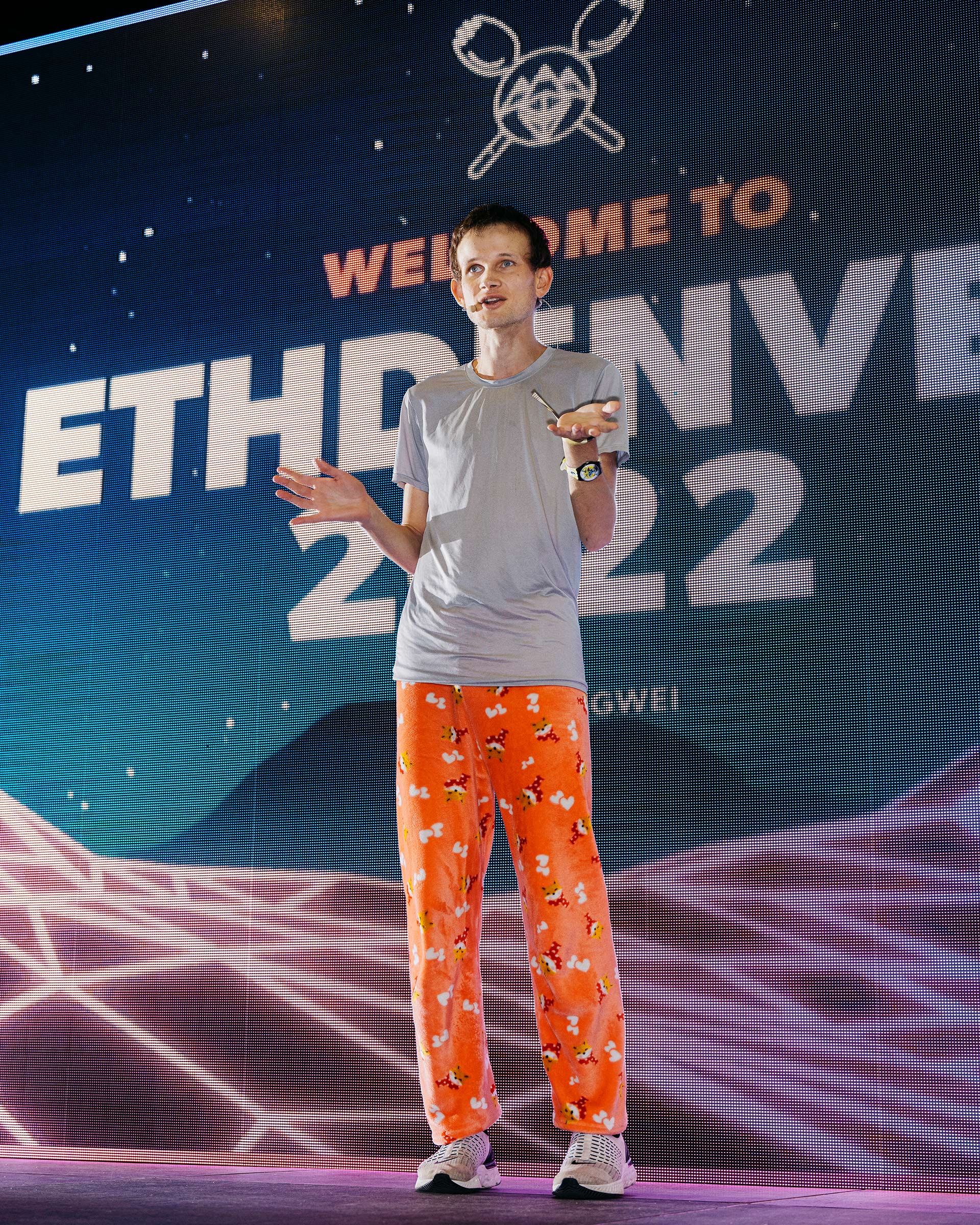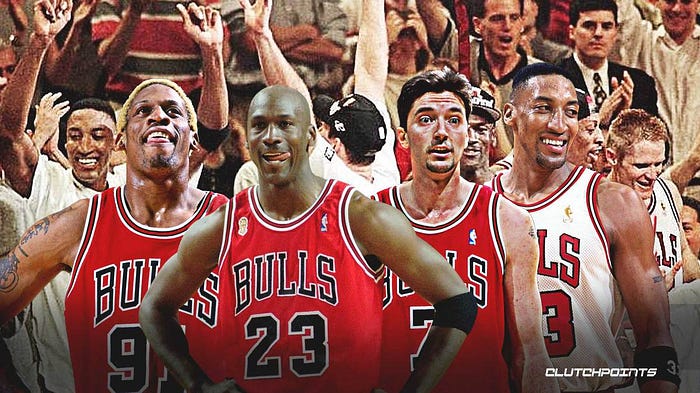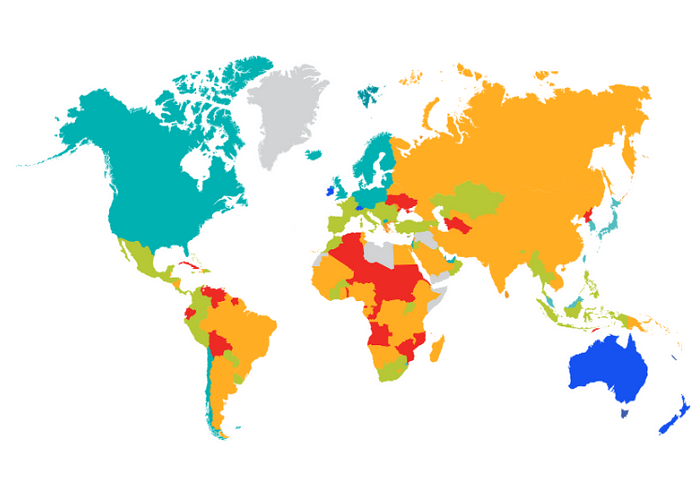If you could only hold one of these until 2030 which would it be and why? #bitcoin #ethereum #cardano $xrp $sol $dot $doge
— Lark Davis (@TheCryptoLark) March 19, 2022
#Bitcoin - I would put half of it into Liquidity Mining on #DeFiChain
— Peter 🍰 Gattinger (@pgattinger) March 20, 2022
It simply seems to be the safest bet LONGTERM pic.twitter.com/jI9PSkm6AN
#Cardano as it is well developed, peer reviewed, no downtime or toggle switch, most decentralized than any, big community, many funds available for research...
— Joephil (@Joephil214) March 19, 2022
$HBAR because it has the strongest #aBFT security, capable of hundreds of thousands of transactions per second with 3 second finality, transactions cost $0.0001 and use 0.00017 kWh of energy, and I’ll be able to run a node with a regular computer and earn proxy staking revenue 😎
— HBAR (ℏ) to $1000 (@hbar1000) March 20, 2022
#Bitcoin because only hard money in the 'crypto'world. Scarce, decentralised, no one for govt to intimidate to shut it down, doesnt run on AWS.Has layer 2 instant settlement via Lightning Network, no fee, instant. Others .. well, don't.
— Gary Larking 🇦🇺⚡ (@GazLarking) March 19, 2022
I think I would choose ETH Ethereum public chain to be more widely used and its value will be higher in the future.
— Olivia (@Olivia07710) March 20, 2022
Holding a big bag of #dogecoin until my retirement 😎
— Joel (@pitoncr7) March 20, 2022
id choose $BTC $ETH $INR and $SOL i´m already hodling them
— ScamToken (@parsonslh92) March 20, 2022
$dot 1.Most innovative, not just another L1 competitor. 2.Most devs behind Eth. 3. Gavin Wood is easily a top 3 most reputable founder in crypto. 4.Most “quiet” progress meaning no big hype developments that fail to live up.
— Primate (@Im_aDegenerate) March 20, 2022
BTC and it’s an easy choice. it’s the only sure bet outta any of these. Now if didn’t care about losing it. I’d go ETH it’s the true game changer and everyone else wants to be like other them. ETH is the leader in DeFi, NFT and Smart contracts everyone else is playing caught up.
— Joshua Mccaffrey (@MccaffreyJoshua) March 20, 2022
Bitcoin for sure because till 2030 bitcoin will reach atleast 500000$ May be more than that ...🤷
— Gaming TEK (@GamingTEK2) March 20, 2022
Solana. It's fast, low cost transactions and it uses arweave PoW to back up the ledger. People claim it's centralized but the number of validator nodes are constantly growing. Add Solana pay and it will have good operability with Luna, ETH.
— Favio Perez (@pe02791756) March 20, 2022
Sol because fastest, cheapest, most user friendly, fastest growing and most undervalued
— CJ (@CJ15503161) March 19, 2022
Bitcoin because it’s the only true decentralized protocol
— Douchant'e (@douchante) March 20, 2022
$doge, just because of the little it's achieved now, think of the strides it'll have by 2030, and it's owner is quite successful.
— adeleke john (@adelekejhon) March 20, 2022
#Bitcoin It is finite digital property that can be moved through time at the speed of light. Try doing that with gold or paper.
— QuitePamped (@QPamped) March 20, 2022
Buy the one has the most steady history, the one institutions are buying, the one entire countries turbing to, the one with limited amount. Can you guess which one?
— Tony Cinar (@cinar_tony) March 20, 2022
#dogecoin because its the most undervalued
— CryptoCBÐ (@cbd_crypto) March 20, 2022
If I could only hold 1 of those, it would obviously be bitcoin. It’s worth $40,000 already for 1. 1 XRP IS WORTH €0.70. Etc
— John Woods (@woo_el) March 20, 2022
Definitely NOT Sol, it is inflationary and 8% more supply is created each year.
— 999eagle (@earlyisontimeH) March 19, 2022
#BTC and you know to choose other need a reason, #bitcoin don't need any reason. It is the store of value of all other crypto.
— White (@green_bul) March 20, 2022
Duh Bitcoin
— Jeff Fenn (@Jeff10f3) March 20, 2022
I would be surprised if someone choose anything alse than BTC.
— VNS (@vns_voice) March 20, 2022
#Bitcoin - the rest all have things to prove and market share to take off each other. Bitcoin is different, it's already perfect and will never be challenged like for like.
— Hodler 👀 (@_TheHodler) March 19, 2022
Don't matter which one they will not die, alle crypto are going with bitcoin if he go up then they go up
— cryptoshi (@Cryptoshinu) March 20, 2022
BTC no doubt, because it has the highest chance of staying relevant and holding its value.
— Thinley Norbu (@ThinleyBTN) March 20, 2022
$Bitcoin; Mother of all cryptocurrencies and is a sure bet. My greatest aim in the space is to build up bit by bit in btc. History has only shown an upward trend so yeah.
— Daring_Gilbert.hc•♓ (@1_4_7_codename) March 19, 2022
#Bitcoin 👑
— rexngum (@rexngumn) March 20, 2022
only reason decentralized : creator "evaporated"
#BTC no crypto coin can replace it, it's the king👑👑👑🚀🚀🚀
— Sats (@Jun07413025) March 19, 2022
#Bitcoin
— Winston Alexander (@_BitcoinCapital) March 19, 2022
the others will be replaced by the latest meme coin of the week












